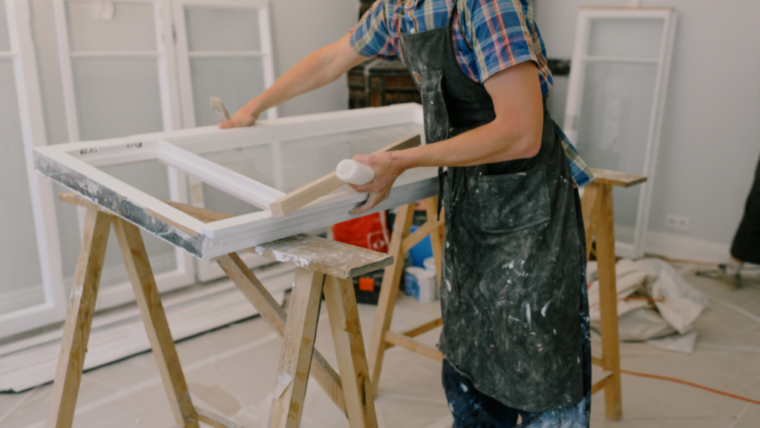Does your house siding look a little tired? Here are some signs that it should be replaced!
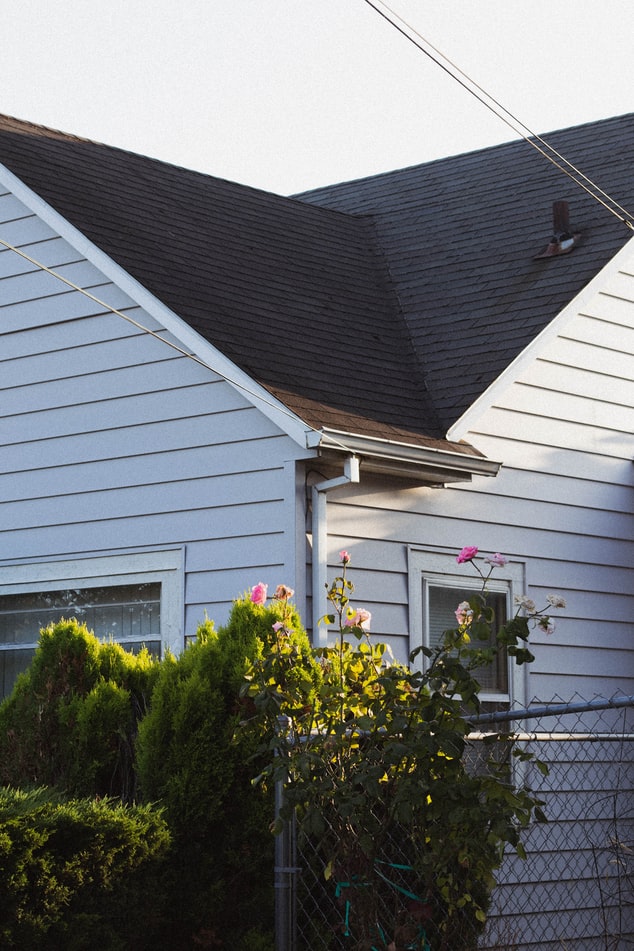 All photos from: Upsplash
All photos from: Upsplash
Did you know that siding does more than just improve the aesthetics of your home's exterior? It protects the foundation of your home from harsh weather conditions such as heavy rain, snow and storms. In addition, the siding is also useful to improve the insulation of the house. It can help lower your electricity bills by preventing energy loss. Given the important role the siding plays, it is important to keep it in good condition. Look for the following signs, which indicate the need for a replacement, rather than waiting for major basic damage.
Cracking, chopping or splitting
The siding is very durable, but not completely immune to damage. A severe storm can cause the siding to splinter, tear, or flake off. These damaged sections should be replaced or replaced immediately. Otherwise, moisture can penetrate the walls and affect the structural integrity of the house.
Peeling or cracked paint
How often the siding needs to be repainted depends on the material. For example, the wood cladding needs to be painted every 5-7 years, while the cementboard cladding needs to be painted once every 10-15 years. Does your siding paint peel or crack earlier than expected? This signals a serious problem.
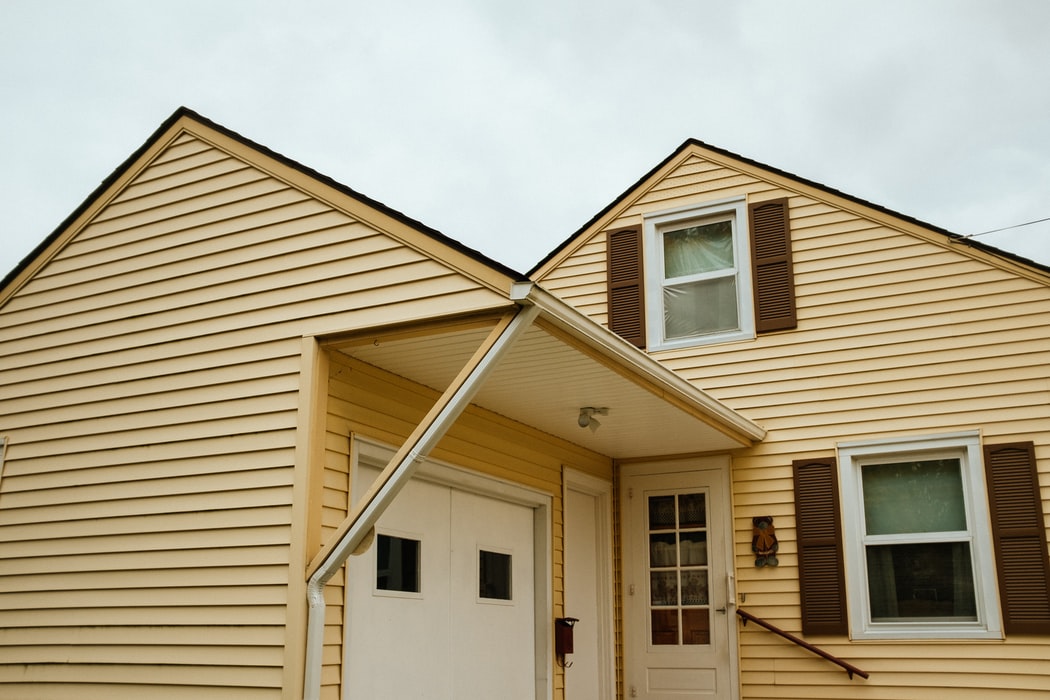 Blistering
Blistering
Does your siding have bubbles or bubbles? This not only makes the exterior of your house look unattractive, but is also an alarming sign that moisture has entered the siding. One of the main tasks of the siding is to keep moisture away from home. If there are bubbles or bubbles, it's probably time for Siding replacement.
Green or black spots
Since the siding is in constant contact with moisture, it is not uncommon for green or black spots to develop. Mold, mildew and fungi can grow both on and under the siding. Such growths are an indicator that moisture is likely to have leaked under or around the siding. With early detection, mold can be removed. However, if it has spread everywhere, it is better to replace the infested siding.
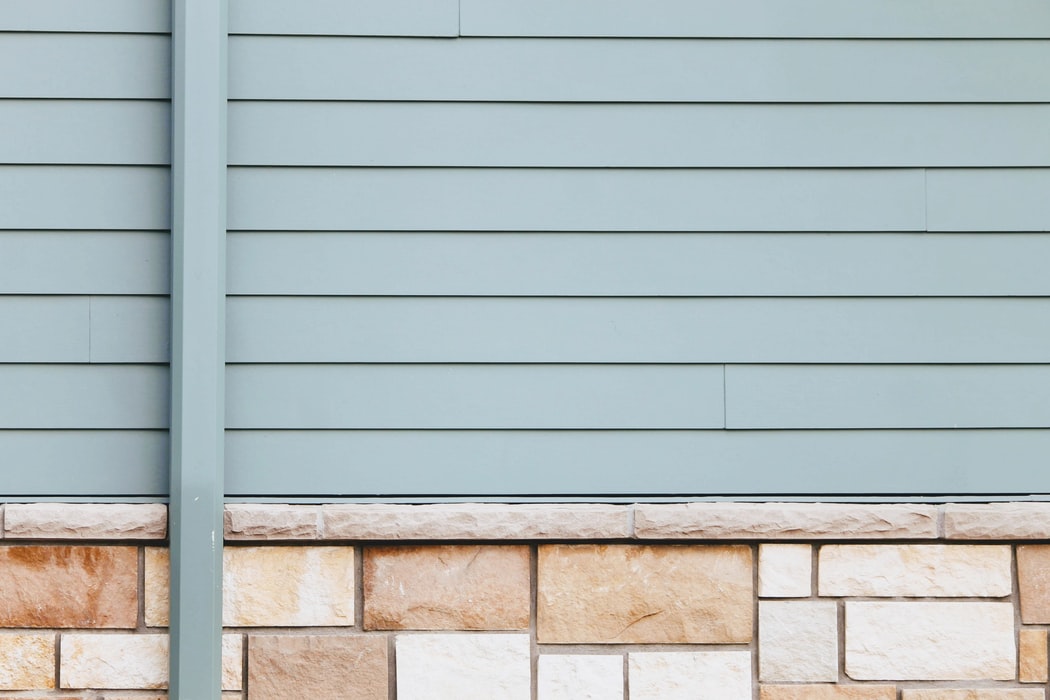
Increased energy bills
As mentioned earlier, the siding is important to regulate the temperature of your home and reduce energy costs. Have you seen an inexplicable increase in your energy costs? This is an indication that the siding is not properly insulating the house. By replacing outdated, worn siding, you can reduce your energy consumption and achieve long-term energy savings.
Peeling interior wallpaper
Regardless of whether your interior paint or wallpaper comes off the walls, this is an indication that moisture has entered your walls. You should have your siding checked immediately. It is possible that water could penetrate the walls due to a damaged siding.
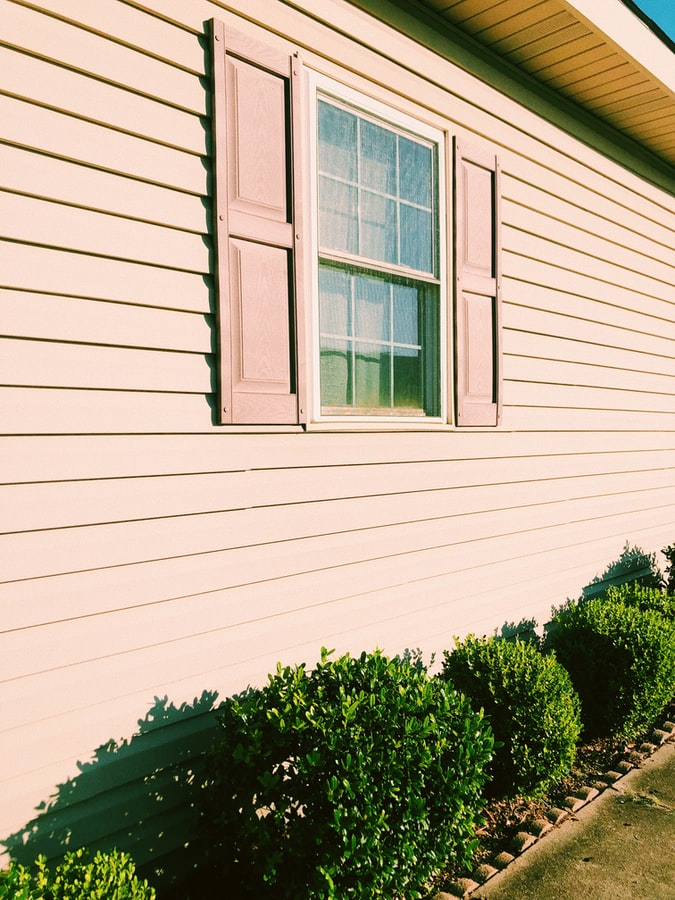
Rot
Your siding may appear perfect from the outside, but from the inside it may be rotten. It is therefore important to check the siding regularly for rotting. Wooden panels are particularly susceptible to rotting.
Holes
Has your siding developed holes over time? Regardless of whether your siding has a collection of small or large holes, you should have it checked and repaired immediately. Through these gaps, moisture can easily penetrate, penetrate the walls and even lead to the formation of mold.
Pest infestation
There is another reason for siding termites and insects. They can eat away the siding from the inside and endanger the structural integrity of the house. Aside from insects, there are a variety of pests that can seriously damage the siding. Birds, rodents, bees, wasps, etc. nest under the siding, especially in winter. In such cases, the damaged section or even the entire siding should be replaced.
last words
Cracks or gaps in your siding not only impair the look of your house, but can also cause serious damage to the facade. Proactively replace the siding to improve the look of your home and protect it from natural elements.



